Young athletes see back, hip and leg injuries

Cheerleading, dance teams and gymnastics are popular sports for many young athletes. But a busy schedule full of practices and competitions — often incorporating jumps, lifts, tumbles and stunts — can take a toll on young bodies.
Cleveland Clinic is a non-profit academic medical center. Advertising on our site helps support our mission. We do not endorse non-Cleveland Clinic products or services. Policy
The movements and routines among dancers, gymnasts and cheerleaders often are very different. But doctors who treat these athletes see several common injuries, particularly in the back, hips and legs, says sports medicine specialist Kim Gladden, MD.
Recognizing the risks, conditioning to build core strength and treating injuries promptly when they occur can help keep these athletes healthy and active long-term, she says.
Three of the most common injuries occur in the lower back, lower limbs and ankle, Dr. Gladden says.
Lower back —Dancers and gymnasts are at increased risk for lower back injuries, but cheerleaders who do a lot of stunts also are at risk.
Certain repetitive movements, combined with abdominal core weakness, may lead an athlete to hyperextend the back, causing small, spinal stress fractures that weaken the bones. Spondylolysis, a defect in the posterior portion of the vertebrae, may contribute to these injuries, Dr. Gladden says.
“Over time, if you stress the spinal column, it’s susceptible to overload,” she says. “Stress fractures on both sides or just one side of the spinal column are possible.”
Lower limb — Hip and core weakness contributes to many of these injuries, which include the ankle and knee areas. Dr. Gladden says.
“If the hips are weak, when the athlete lands out of jumps or leaps, they can’t control how the knee tracks over the foot,” she says. “This is when we must look into hip strengthening and how they’re landing.”
Ideally, the knee should track directly over the first and second toe to keep the hips, knees and ankles in alignment. Proper alignment helps avoid injury.
Ankle — High-impact jumps and turns cause ankle injuries, mainly sprains, Dr. Gladden says. Cheerleaders and gymnasts are most at risk.
Inversion sprains, which are injuries to the outside of the ankle, are the most common. These happen when ligaments in the ankle stretch too much and instability and weakness develop.
Dancers may develop medial ankle injuries when the ankle gets pushed into pronation from trying to force turnout. Frequent jumps also put them at risk for Achilles’ tendon injuries.
Overall, treatment focuses on rehabilitation and restricting certain movements. The goal, Dr. Gladden says, is resting the injured area.
“All of these athletes have competitions coming up or dance concerts,” she says. “If it’s an injury where they won’t harm themselves, we’re not going to shut them down completely. We just need to shut down the offending activity and rehabilitate it to address flexibility and strength.”
She advises athletes to use medications such as ibuprofen sparingly. Young athletes shouldn’t develop a habit of taking anti-inflammatories before practice or a competition simply to ignore pain.
If discomfort is acute, athletes may take a two-week course of pain reliever medications, she says.
Recovery times vary, Dr. Gladden says, depending on the athlete’s age, training schedule, and how severe the injury is.
For lower back injuries, athletes should avoid extreme extensions for between six and eight weeks. Then they may gradually reintroduce the activity.
Ankle sprains usually resolve in two to six weeks, but if severe, could put an athlete out of training for 12 to 16 weeks, Dr. Gladden says. She doesn’t advise returning to advanced training until training can proceed with proper technique and no pain.
A good physical therapy regimen during recovery is often beneficial as well, she says.
Dr. Gladden advises parents and athletes to research training practices and facilities carefully. In general, look for adequate staffing and equipment, and solid strength-training programs.
She offers these tips for parents:
Dr. Gladden advises athletes to identify what’s causing the pain when it occurs and to get prompt treatment.
“I tell young people, the individuals I see dancing and staying active into their 40s are those who stop and care for injury,” she says. “Those who stop at 18 work through injury and do not enjoy the activity anymore. Don’t ignore pain.”
Learn more about our editorial process.
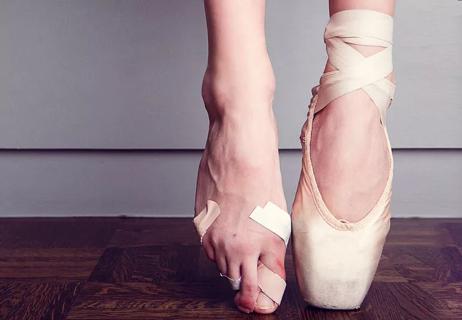
Poorly fitting footwear and overuse injuries can knock you ‘off pointe’
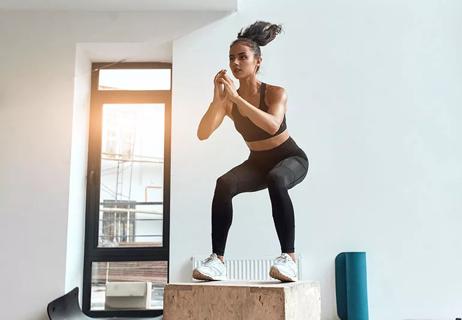
Proper form is important when pivoting, turning and landing
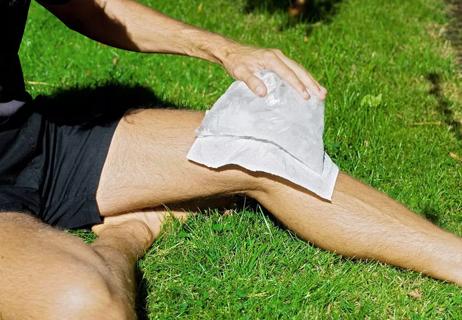
Take the ache away from your joints with these at-home exercises
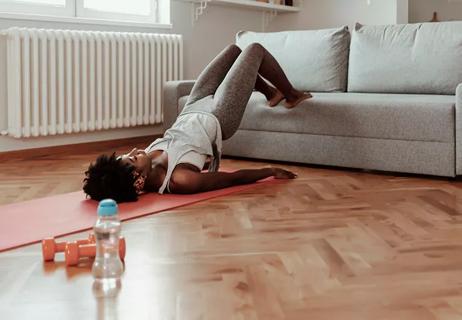
How to bounce back when a gymnastics injury has sidelined you

Help your gymnast stay healthy and strong with proper training and nutrition
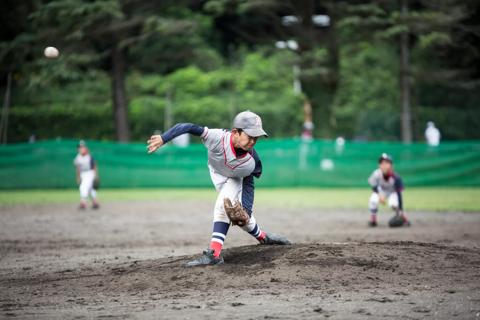
Follow guidelines to limit pitches, rest between games

Sports medicine physicians can get you back on track
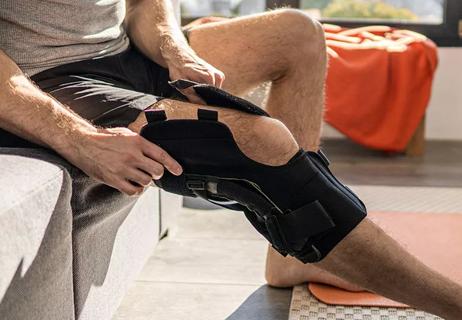
Athletic trainer answers your brace-cleaning questions

Your metabolism may torch 1,300 to 2,000 calories daily with no activity

A gentle touch in all the right places may help drain your sinuses